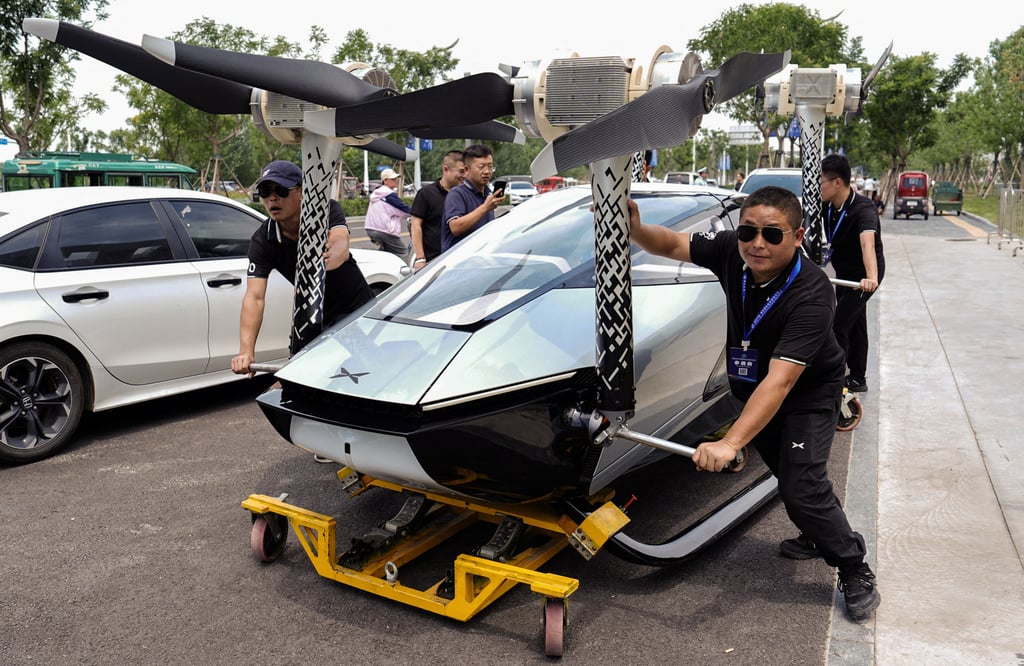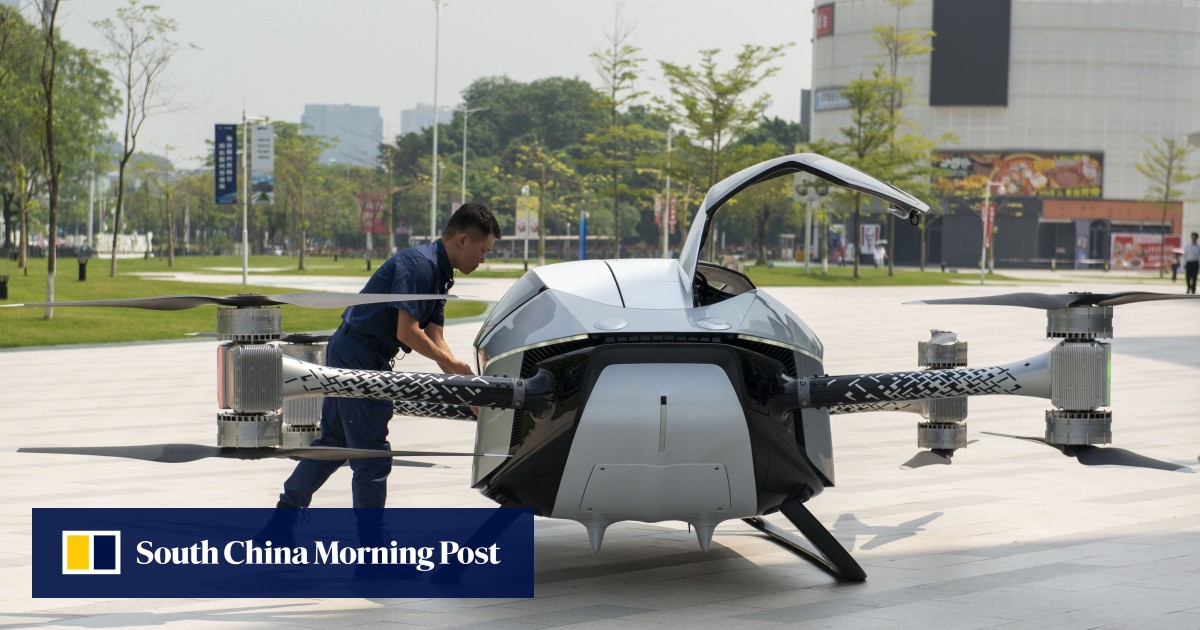“The fresh capital will strengthen AeroHT’s research and development, realise mass production of our products and speed up the commercialisation process,” the company said.
Wang Tan, co-founder and chief designer of AeroHT, told the Post’s China Conference on July 4 that the company is aiming for sales of 5,000 units in the coming two years.
Known as eVTOL (electric vertical take-off and landing) vehicles, flying cars such as AeroHT’s are designed to offer an alternative to existing public transport options, enabling passengers to avoid traffic congestion.
At present, most low-altitude air travel businesses are aiming to offer services to corporate clients as they develop safe and smart next-generation flying cars.

AeroHT said its flying cars also target individual clients.
“Overcapacity worries in the EV sector benefit leading low-altitude-economy air travel firms as venture capitalists hunt for promising start-ups that represent the future of mobility,” said Yin Ran, an angel investor in Shanghai. “Top players must make their flying cars more affordable to customers to foster the growth of the new transport mode.”
In March, Beijing designated Guangzhou, the capital of Guangdong province, an economic powerhouse in the south, as a base for the eVTOL industry.
Nansha, a district in Guangzhou, was picked to develop a citywide management system for drones as well as industry standards for the low-altitude economy, according to a document published by the National Development and Reform Commission, China’s top economic planner.
In April, AeroHT signed a preliminary agreement with the district government of Panyu, another part of Guangzhou, to jointly construct take-off and landing sites for flying cars.
A number of start-ups around the world are developing flying cars, betting on the future of mobility being at least partially airborne.
Lilium, a German company, raised US$830 million in a special-purpose acquisition company (SPAC) deal on the Nasdaq stock exchange in 2021. American air taxi start-up Joby raised US$1.6 billion in another SPAC deal the same year.

